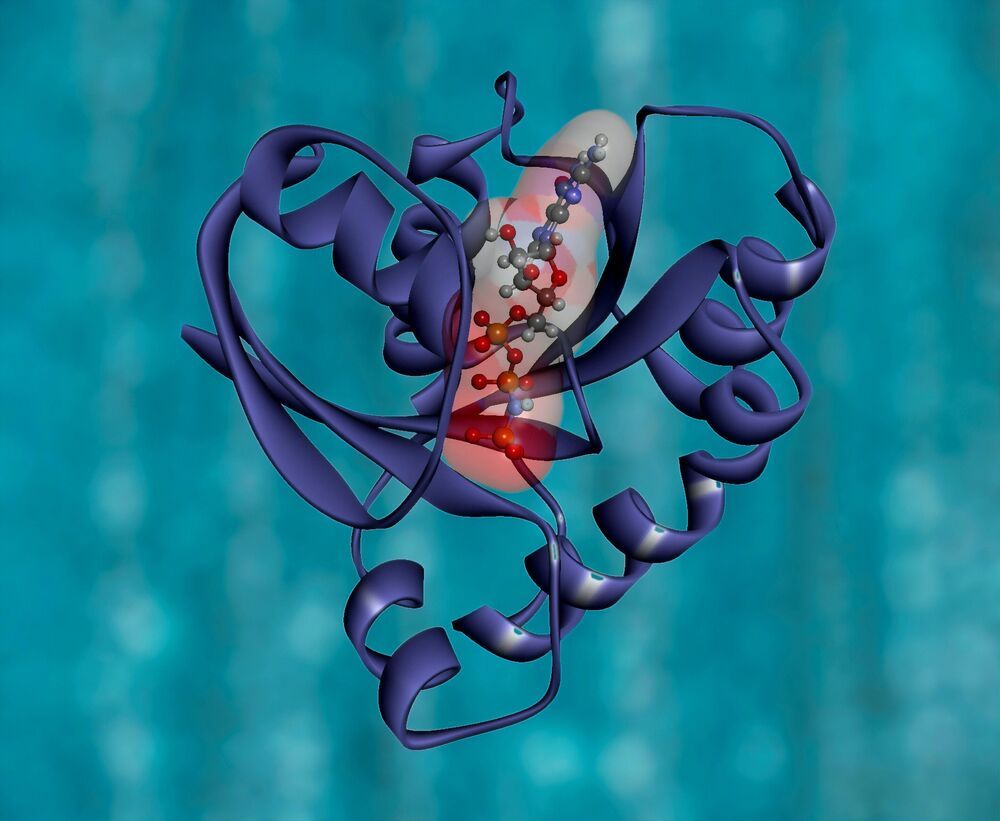Scientists have established a new method to image proteins that could lead to new discoveries in disease through biological tissue and cell analysis and the development of new biomaterials that can be used for the next generation of drug delivery systems and medical devices.
Scientists from the University of Nottingham in collaboration with the University of Birmingham and The National Physical laboratory have used the state-of-the-art 3D OrbiSIMS instrument to facilitate the first matrix- and label-free in situ assignment of intact proteins at surfaces with minimal sample preparation. Their research has been published today in Nature Communications.
The University of Nottingham is the first University in the world to own a 3D OrbiSIMS instrument. It is able to facilitate an unprecedented level of mass spectral molecular analysis for a range of materials (hard and soft matter, biological cells and tissues). The facility in Nottingham also has high pressure freezing cryo-preparation facilities that enable biological samples to be maintained close to their native state as frozen-hydrated to complement the more commonly applied but more disruptive freeze drying and sample fixation. When the surface sensitivity, high mass/spatial resolution are combined with a depth profiling sputtering beam, the instrument becomes an extremely powerful tool for 3D chemical analysis as demonstrated in this recent work.









Comments are closed.